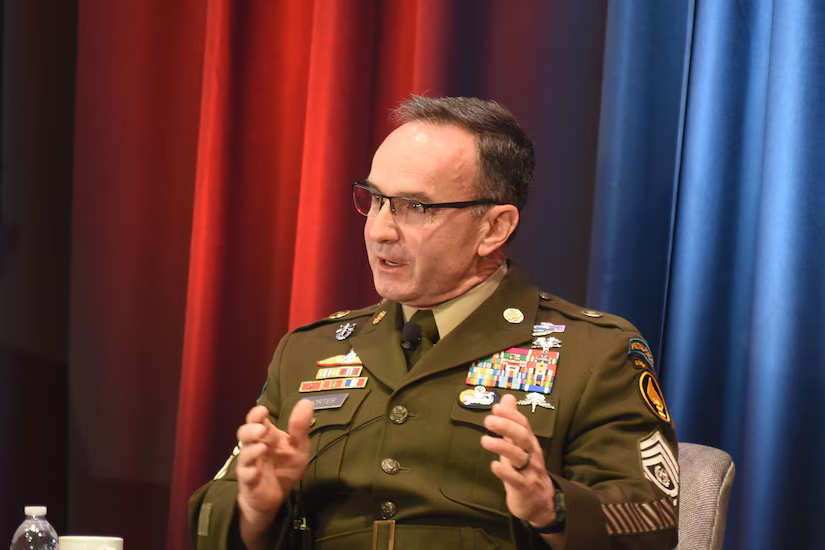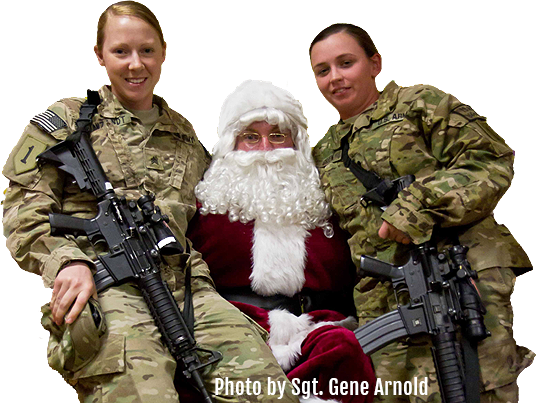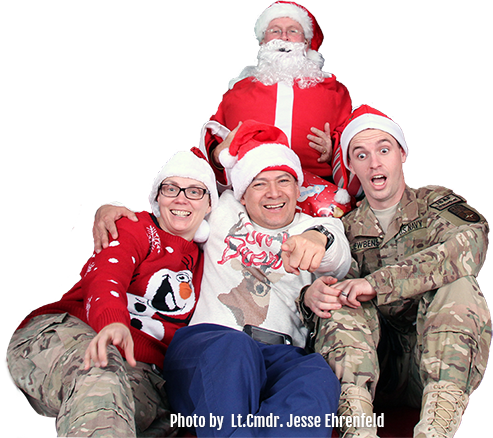 A soldier sits in front of red and blue curtains and speaks to an audience, not pictured. Army Command Sgt. Maj. Shane Shorter, senior enlisted leader of Special Operations Command, speaks during a panel discussion at the National Defense Industrial Association's 35th annual Special Operations Symposium in Washington, Feb. 20, 2025. Photo by David Vergun, DOD
A soldier sits in front of red and blue curtains and speaks to an audience, not pictured. Army Command Sgt. Maj. Shane Shorter, senior enlisted leader of Special Operations Command, speaks during a panel discussion at the National Defense Industrial Association's 35th annual Special Operations Symposium in Washington, Feb. 20, 2025. Photo by David Vergun, DOD
PENTAGON, (Feb. 25, 2025 ): In terms of warfighting, there needs to be an equilibrium between readiness, modernization and operations, said Army Command Sgt. Maj. Shane Shorter, senior enlisted leader of Special Operations Command, during a panel discussion at the National Defense Industrial Association's 35th annual Special Operations Symposium in Washington, Feb. 20, 2025.
During the wars in Iraq and Afghanistan, special operations forces spent a lot of time deployed to meet the nation's needs, he said.
Today, the readiness of those service members has improved because they're at home station longer, doing professional military education and training. Navy SEALs are getting back in the water, Green Berets are partnering and doing irregular warfare, and Marines are figuring out how to plug gaps in the littoral environment, Shorter said.
Special operations forces are usually at their best when they are coming home from a deployment, he said. "Their language is better. Their cultural understanding is better. They've [established a] relationship with their foreign partners," he said.
"The No. 1 macro test for the [Defense Department] over the next decade is to prevent great power war. I think our commander in chief is talking about it. I heard our new secretary of defense talking about it, and I think that fits right into the SOF wheelhouse," Shorter said.
There are roughly 6,000 SOF service members in 80 countries, building familiarity, relationships and influence. "That's deterrence," he said.
If a high-end conflict arises, SOF is prepared to help the joint force, allies and partners to win.
Navy Rear Adm. Jeromy Williams, commander, Special Operations Command Pacific, agreed with Shorter that personal relationships are strengthened by persistent presence which contributes to deterrence.
His command is located in the Indo-Pacific region, which comprises 52% of the globe. Special operations forces are in 17 of the 36 nations there, he noted.
Williams also touched on modernization, pointing out valuable lessons learned over the last three years in the Ukraine-Russia fight.
There's value in thousands of cheap drones as opposed to more expensive systems, he said, adding there's room to transform modernization.
Navy Rear Adm. Mark Schafer, commander, Special Operations Command South, said there is a lot going on in Latin America, some good, and some not.
There's a growing convergence of Russian and Chinese presence in the region, he said.
The SOF approach to that and other threats is to plan for the long game and partner with like-minded nations to preserve security for the Western Hemisphere, he said.
SOF works in small teams and packs a big punch, he said. Helping to pack that punch are interagency partners: CIA, Customs and Border Protection, Commerce and State Departments and others.
By David Vergun, DOD News
Published with permission of DOD






